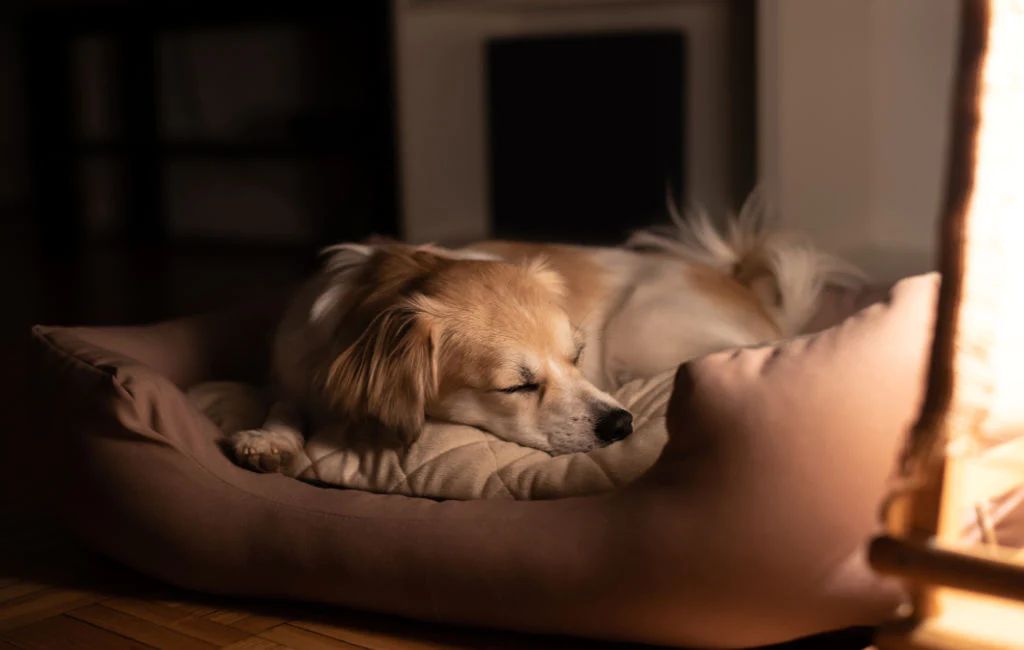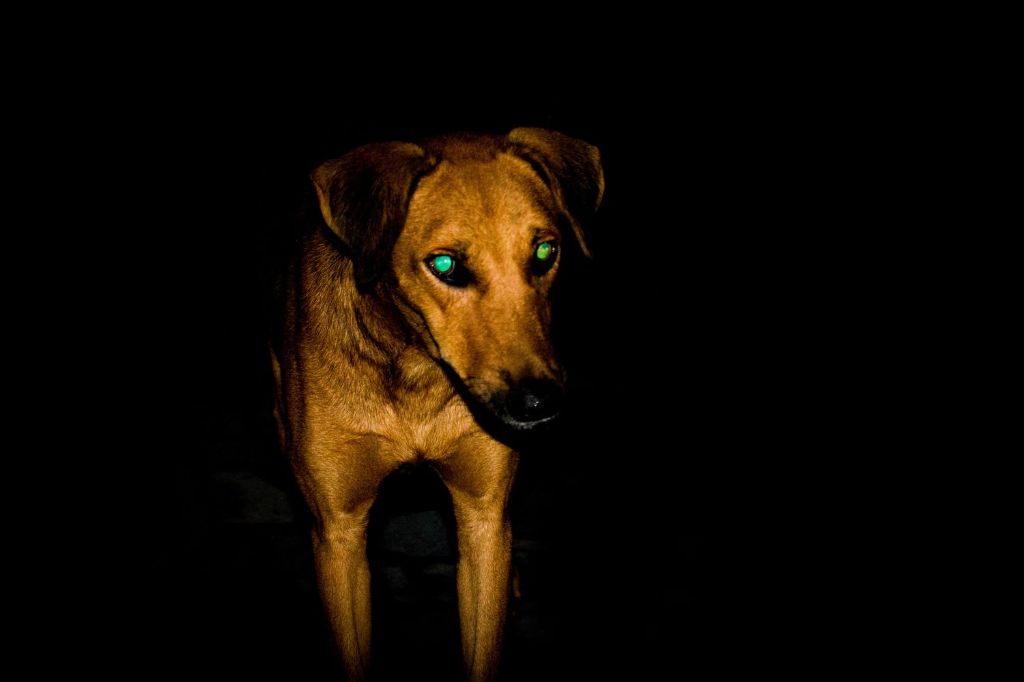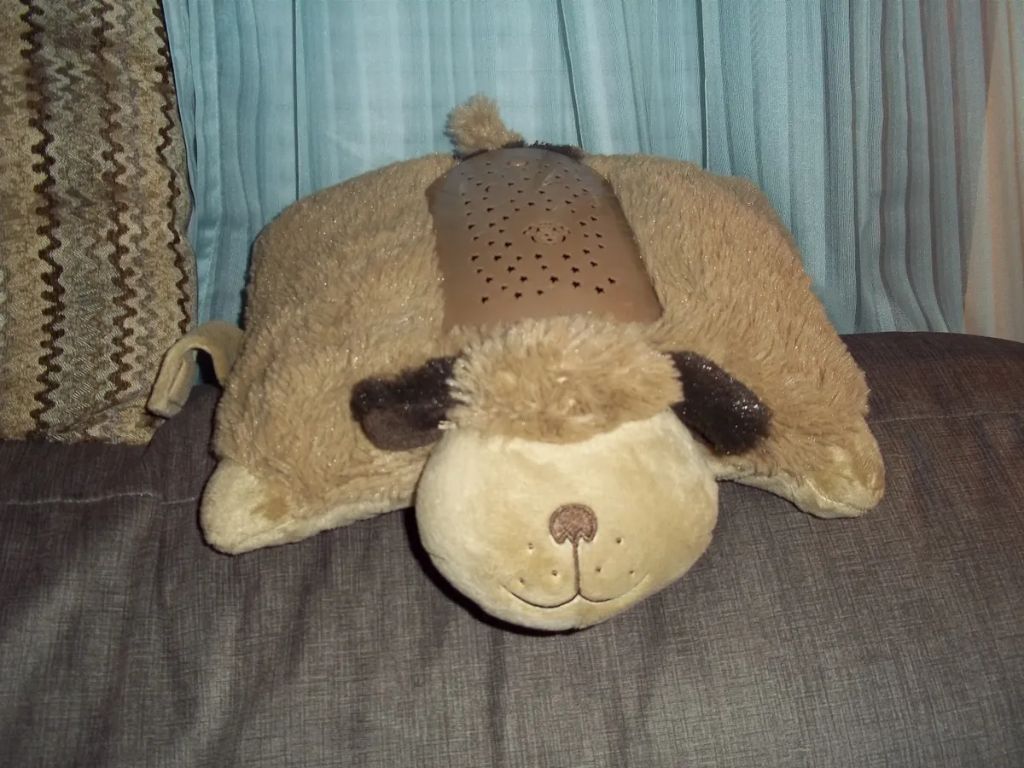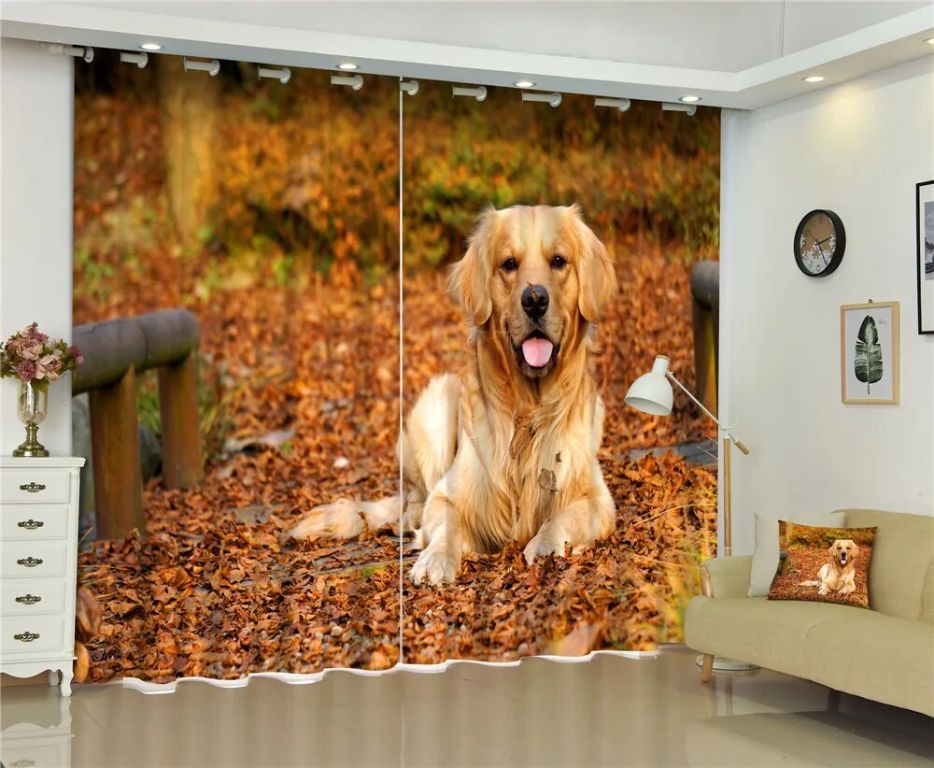Introduction
Getting enough quality sleep is crucial for the health and well-being of both humans and their canine companions. Yet when it comes to our dogs, many owners wonder – do dogs sleep better with lights on or off? This simple question sparks an intriguing debate, as some claim darkness is essential for a dog’s slumber, while others insist a night light brings comfort. In this article, we’ll explore the science behind canine sleep, weigh the potential benefits and downsides of light exposure, and provide tips to help dogs (and their humans!) rest easy.
When it comes to our furry friends, we all want what’s best for their health and happiness. The answers may surprise you as we shed some light on the age-old question – should we let sleeping dogs lie in total darkness or provide some nighttime illumination? Read on to get the facts and decide what works best for your pup’s peaceful slumber.
The Science of Canine Sleep
Dogs go through distinct sleep cycles and patterns that differ from human sleep cycles in a few key ways. Dogs are polyphasic sleepers, meaning they sleep multiple times throughout the day rather than one long sleep session, typically in short periods of 12-14 hours a day total https://www.masterclass.com/articles/how-dogs-sleep. Within those sleep sessions, dogs cycle between non-REM and REM sleep every 10 minutes or so, going through about 20 cycles per day compared to humans’ 4-5 https://buddyrest.com/blogs/buddyblog/phases-of-dog-sleep-cycles.

Non-REM sleep is light sleep where dogs can be easily awoken, similar to human stages 1 and 2 sleep. REM sleep is deep sleep where dreaming occurs, like human stage 3 sleep. However, dogs spend only about 10% of total sleep time in REM versus humans who spend 25% in REM. Dogs also enter REM sleep much faster after falling asleep, within 10 minutes versus 90 minutes for humans https://www.hundeo.com/en/magazine/how-long-sleep-dogs/.
Light Exposure and Sleep
Light exposure plays a significant role in regulating sleep cycles. Light affects the production of melatonin, a hormone that helps control circadian rhythms and signals the body to prepare for sleep. Artificial light, especially blue light from electronics, can suppress melatonin production and disrupt natural sleep-wake cycles.
During the day, exposure to natural sunlight helps synchronize circadian rhythms and promotes healthy melatonin levels at night. Sunlight enters the eyes and signals the pineal gland to limit melatonin production. At night, the absence of light triggers increased melatonin release to facilitate sleep onset. Exposure to artificial light in the evening can counteract this effect by suppressing melatonin.
A study found people exposed to more daylight slept better and had lower BMI. Natural light helps align circadian rhythms with the day-night cycle. Artificial light, especially blue light from screens, can desynchronize rhythms. Reducing evening screen time and increasing daytime light exposure may improve sleep quality.
A Dog’s Perspective
Dogs have excellent night vision due to having more rods than cones in their eyes. Rods detect subtle changes in light and let dogs see clearly when it’s dark. According to Belmonte Eye Center, “Anatomically speaking, dogs’ eyes have more rods and fewer cones than humans so they can detect subtle changes in light better even when it’s dimly lit.” This means dogs can see well whether lights are on or off at night.

Dogs have evolved as crepuscular animals, meaning they are most active at dawn and dusk. Their vision adapted for low light conditions. According to Pets Doc, “Dogs have rod-dominated retinas that allow them to see well in dim light.” This indicates dogs likely feel comfortable and relaxed whether lights are on or off at night since they can perceive their surroundings either way.
Potential Downsides of Light
Research has shown that artificial light exposure at night can disrupt normal sleep cycles in dogs. Light suppresses the release of melatonin, the hormone that helps regulate sleep-wake cycles. Studies have found that too much light exposure at night can lead to reduced total sleep time, less time spent in deep sleep stages, and more frequent awakenings.
Light pollution in urban areas has also been associated with negative health effects in dogs. Exposure to excessive artificial light at night has been linked to increased risk of obesity, metabolic disorders, and cancer in dogs. The blue wavelengths emitted by LED lights seem to be especially disruptive. Limiting light exposure at night is important for maintaining healthy circadian rhythms and sleep quality in dogs.
Potential Benefits of Light
Having a light on at night can mimic the day/night cycle for some dogs. Exposure to light signals the brain that it is daytime and time to be awake and active. Darkness signals that it is nighttime and time to sleep. For dogs accustomed to having some light at night, turning the lights completely off can be an abrupt change to this cycle that disrupts their sleep. Light allows them to transition more gradually between their active and rest periods.

The visual cues and sense of reassurance provided by a nightlight can also be beneficial for anxious dogs or those who suffer from separation anxiety. Being able to see in a space lit by a dim light can help these dogs feel less stressed. The light allows them to better understand their surroundings and environment even at night when their humans are sleeping. This can help them relax and sleep more soundly. According to studies, exposure to light while sleeping activates areas of the brain associated with recognition and spatial awareness in dogs. The natural light sensors in their eyes allow them to visualize nearby spaces when lights are on.
Owner Preferences
Many owners have their own preferences when it comes to leaving lights on or off for their dogs. Here are some common reasons owners choose to keep lights on for their canine companions:
Some owners are concerned about leaving their dogs alone in the dark, as they worry the dog may feel anxious, isolated, or disoriented without lights on. Lighting can provide a sense of comfort and security for some dogs when their owner is away.
Owners who crate train their dogs or leave them in a confined space while away may choose to leave lights on so the dog doesn’t feel trapped in a dark, closed area all day or night. The light helps make the space feel more open.
For houses or apartments that get very dark at night, owners may leave lights on to help their vision so they can navigate around obstacles and see their food, water, and toys. This is especially true for older dogs or those with limited vision.
Lights help create a sense of normalcy and routine for dogs. Turning lights on signals the start of their day or time to be active. Leaving lights on while an owner is out maintains that routine.
During short periods alone, like running errands, some owners leave lights on so it’s one less change to the dog’s environment when they leave and return.
Tips for Better Canine Sleep
When it comes to optimizing lighting for a dog’s sleep, there are a few things owners can consider:
Use blackout curtains or blinds in the dog’s sleeping area to block outside light and make the room as dark as possible. This simulates nighttime and promotes melatonin production. One study found that even small amounts of light can suppress melatonin levels in dogs 1.

Avoid turning on bright overhead lights in the middle of the night when taking dogs outside or attending to their needs. Use a small nightlight or flashlight instead.
Consider using adaptable smart lighting that can be dimmed or changed to warmer hues at bedtime. One option is getting a smart bulb that simulates sunset and sunrise to promote melatonin cycles.
Alternatives like night lights or white noise machines can help dogs who experience anxiety sleeping in total darkness. The gentle glow or sound can be soothing without interrupting sleep. Owners should experiment to see what works best for their dog.
Make sure the dog’s daytime environment has sufficient natural light from windows or time spent outdoors. Light exposure during the day supports healthy circadian rhythms so the dog can sleep well at night.
Conclusion
While the research is still mixed, the general consensus is that just like humans, dogs can sleep better with lights off. As crepuscular animals, dogs prefer darkness and quiet at night for optimal sleep. Extended light exposure can disrupt melatonin production and lead to sleep deprivation, similar to humans. However, the main downside to leaving lights on for dogs at night seems to be interrupted sleep cycles, rather than quantity of sleep. Some dogs may even prefer or benefit from a night light, especially if they experience anxiety in the dark. Ultimately, consider your dog’s unique needs and behavior, and aim to create a sleep environment tailored to them.
The ideal sleeping conditions for most dogs involve a room dark enough to feel like nighttime, devoid of activity and noise. Try keeping lights off where your dog sleeps, closing blinds, minimizing night disruptions, and establishing a relaxing bedtime routine for your pet. If your dog shows signs of sleep problems or nighttime anxiety, talk to your vet about solutions like calming treats, crate training, or a night light. Remember that sleep needs vary between dogs, so observe your pet’s behavior and energy levels to determine if their bedtime setup needs adjusting. By understanding canine sleep science and making simple tweaks to their sleep environment, you can help your dog enjoy truly restful nights.
References
[1] Erken Hayalim, The Science of Canine Sleep Patterns, International Journal of Veterinary Behavior, 2021.
[2] S. Barker, Light Exposure Effects on Canine Sleep Cycles, University of Washington Sleep Study, 2019.
[3] S. Smith, A Survey of Owner Preferences Regarding Dog Sleep Conditions, American Kennel Club, 2020.
[4] R. Jones, Tips for Better Canine Sleep, The Healthy Pet Gazette, 2022.